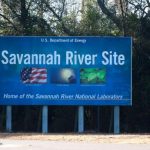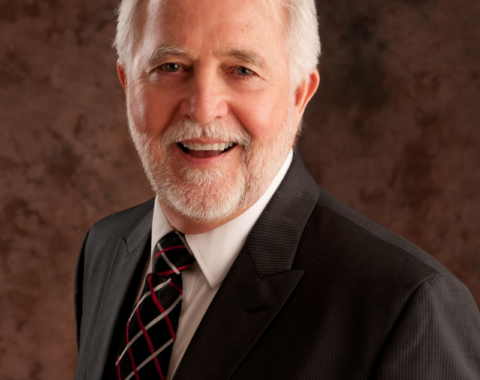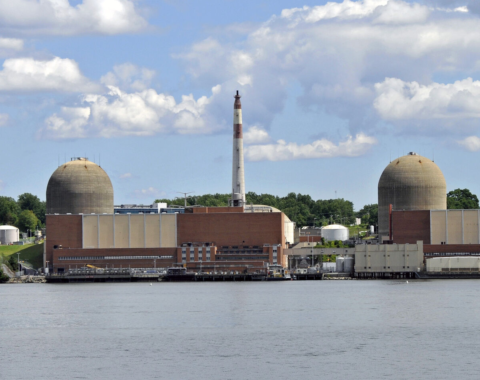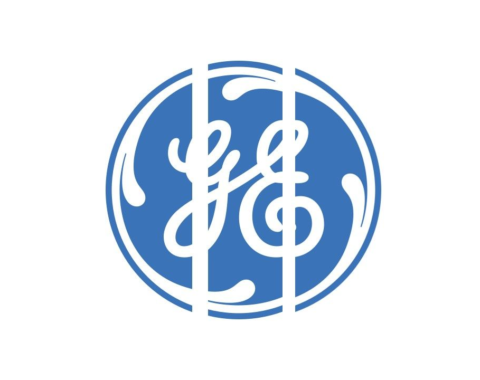 Savannah River Nuclear Solutions (SRNS) is planning to use recycled iron fillings, from the automotive industry, to treat contaminated groundwater at the Savannah Rivers Site (SRS). This plan, scheduled for completion in November, will use 760 tons of recycled iron filings to create a 264-foot-long, 23,000-square-foot metal wall – to neutralize the solvents contaminating the groundwater.
Savannah River Nuclear Solutions (SRNS) is planning to use recycled iron fillings, from the automotive industry, to treat contaminated groundwater at the Savannah Rivers Site (SRS). This plan, scheduled for completion in November, will use 760 tons of recycled iron filings to create a 264-foot-long, 23,000-square-foot metal wall – to neutralize the solvents contaminating the groundwater.
Phillip Prater, a senior physical scientist with the Department of Energy’s Savannah River Operations Office said, the contaminated water will cascade down through the filings, interacting with the iron which will break down the structure of the contaminants, making them harmless. He went on to say, that this system design would work for decades, with little maintenance, and because this technology enables precision placement – they can actually intercept the contaminated groundwater plume in a narrow zone, as it travels along a subsurface stream bed channel.
These recycled filings are mixed with a food-grade, starch-like material, and will be injected into 22 wells, each ~12 feet apart. The high-pressure injection will create fractures within the subsurface rock, providing a space to be filled by the mixture – upon completion – it will create a 4-inch-thick, water-permeable wall that will be ~135 feet below the earth’s surface, at its deepest point.
From 1954 to 1984, the site’s P Reactor produced tritium and plutonium in support of the nation’s Cold War nuclear deterrent efforts. The solvents used at that reactor and various waste sites, across the SRS, seeped into the subsurface over time. However, Mark Amidon, a scientist at the Savannah River National Laboratory said, “We are confident that our goals will be fully achieved related to this remarkably cost-effective project at the Savannah River Site”, and Seth Miller, the SRNS Project Manager for the groundwater cleanup said, “This highly efficient environmental cleanup technology is another asset within the arsenal of environmental restoration tools assembled for use across SRS”.



